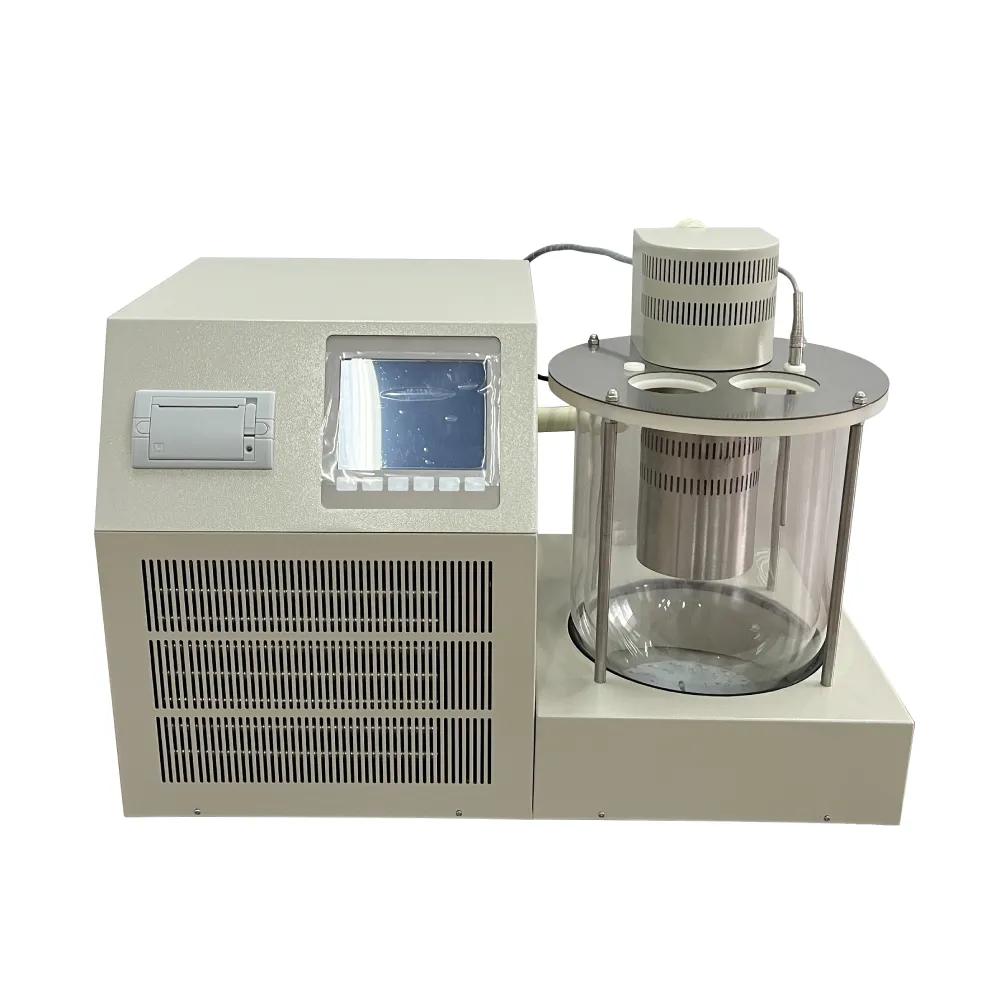 English
English



-
 Afrikaans
Afrikaans -
 Albanian
Albanian -
 Amharic
Amharic -
 Arabic
Arabic -
 Armenian
Armenian -
 Azerbaijani
Azerbaijani -
 Basque
Basque -
 Belarusian
Belarusian -
 Bengali
Bengali -
 Bosnian
Bosnian -
 Bulgarian
Bulgarian -
 Catalan
Catalan -
 Cebuano
Cebuano -
 China
China -
 China (Taiwan)
China (Taiwan) -
 Corsican
Corsican -
 Croatian
Croatian -
 Czech
Czech -
 Danish
Danish -
 Dutch
Dutch -
 English
English -
 Esperanto
Esperanto -
 Estonian
Estonian -
 Finnish
Finnish -
 French
French -
 Frisian
Frisian -
 Galician
Galician -
 Georgian
Georgian -
 German
German -
 Greek
Greek -
 Gujarati
Gujarati -
 Haitian Creole
Haitian Creole -
 hausa
hausa -
 hawaiian
hawaiian -
 Hebrew
Hebrew -
 Hindi
Hindi -
 Miao
Miao -
 Hungarian
Hungarian -
 Icelandic
Icelandic -
 igbo
igbo -
 Indonesian
Indonesian -
 irish
irish -
 Italian
Italian -
 Japanese
Japanese -
 Javanese
Javanese -
 Kannada
Kannada -
 kazakh
kazakh -
 Khmer
Khmer -
 Rwandese
Rwandese -
 Korean
Korean -
 Kurdish
Kurdish -
 Kyrgyz
Kyrgyz -
 Lao
Lao -
 Latin
Latin -
 Latvian
Latvian -
 Lithuanian
Lithuanian -
 Luxembourgish
Luxembourgish -
 Macedonian
Macedonian -
 Malgashi
Malgashi -
 Malay
Malay -
 Malayalam
Malayalam -
 Maltese
Maltese -
 Maori
Maori -
 Marathi
Marathi -
 Mongolian
Mongolian -
 Myanmar
Myanmar -
 Nepali
Nepali -
 Norwegian
Norwegian -
 Norwegian
Norwegian -
 Occitan
Occitan -
 Pashto
Pashto -
 Persian
Persian -
 Polish
Polish -
 Portuguese
Portuguese -
 Punjabi
Punjabi -
 Romanian
Romanian -
 Russian
Russian -
 Samoan
Samoan -
 Scottish Gaelic
Scottish Gaelic -
 Serbian
Serbian -
 Sesotho
Sesotho -
 Shona
Shona -
 Sindhi
Sindhi -
 Sinhala
Sinhala -
 Slovak
Slovak -
 Slovenian
Slovenian -
 Somali
Somali -
 Spanish
Spanish -
 Sundanese
Sundanese -
 Swahili
Swahili -
 Swedish
Swedish -
 Tagalog
Tagalog -
 Tajik
Tajik -
 Tamil
Tamil -
 Tatar
Tatar -
 Telugu
Telugu -
 Thai
Thai -
 Turkish
Turkish -
 Turkmen
Turkmen -
 Ukrainian
Ukrainian -
 Urdu
Urdu -
 Uighur
Uighur -
 Uzbek
Uzbek -
 Vietnamese
Vietnamese -
 Welsh
Welsh -
 Bantu
Bantu -
 Yiddish
Yiddish -
 Yoruba
Yoruba -
 Zulu
Zulu
types of tap changing transformer
Types of Tap-Changing Transformers
Tap-changing transformers play a critical role in electrical power systems by regulating voltage levels and ensuring stable operation, especially in fluctuating load conditions. These transformers are equipped with several tapping points, allowing for adjustments in the winding turns ratio and enabling voltage modification without the need for additional transformer equipment. Different types of tap-changing transformers serve various applications and can be classified into two main categories on-load tap-changing (OLTC) transformers and off-load tap-changing transformers (also known as manual tap-changing transformers).
On-Load Tap-Changing Transformers (OLTC)
The on-load tap-changing transformer is designed to adjust voltage levels while the transformer is energized and in service. OLTC transformers are essential in maintaining voltage stability during load fluctuations, which is particularly important in large power systems. The mechanism of OLTC involves using a series of taps on the transformer winding, which can be selected automatically or manually to accommodate the changing load conditions.
In terms of operation, OLTC transformers utilize a motorized switch or a set of contacts that engage the taps without interrupting the power delivery. The precision and reliability of these mechanisms ensure that voltage adjustments can be made seamlessly based on real-time demand. OLTC transformers are commonly used in substations and are integral in maintaining the quality of electricity supply in both industrial and commercial applications.
OLTC transformers can be further categorized into two types mechanical and electronic. Mechanical OLTCs use a series of movable contacts and are known for their robustness. However, they require regular maintenance due to wear and tear. Electronic OLTCs, on the other hand, utilize semiconductor devices and are often preferred for their precise control and reduced maintenance needs.
Off-Load Tap-Changing Transformers
types of tap changing transformer

Off-load tap-changing transformers are designed for scenarios where voltage adjustments are necessary but can be performed with the transformer de-energized. This type of transformer is equipped with a set of fixed tap positions that can be selected manually or via a mechanical switch. Off-load tap changers are typically employed in smaller applications or where power interruptions are acceptable during adjustment.
These transformers are easier to maintain and operate due to their simpler design compared to OLTC transformers. However, the main drawback is that they can only be adjusted when the transformer is out of service, making them less suitable for dynamic load environments where timely voltage regulation is critical.
Applications and Importance
Tap-changing transformers, both OLTC and off-load types, are vital in various applications across the power industry. They are extensively employed in power plants, substations, and industrial facilities to manage voltage levels and enhance the reliability of power supply. By allowing for real-time voltage adjustments, OLTC transformers improve the efficiency of electrical networks, minimize energy losses, and prolong the life of electrical equipment.
Moreover, these transformers play a significant role in renewable energy systems, such as wind and solar power. As these sources are inherently variable, tap-changing transformers help integrate them into the grid efficiently, maintaining voltage stability and ensuring a consistent power supply.
Conclusion
In summary, tap-changing transformers are crucial components in electrical power systems. They come in two main varieties—on-load and off-load—each designed to meet specific operational requirements and applications. The adaptability and functionality of these transformers contribute significantly to the stability and efficiency of power networks, making them indispensable in modern electrical engineering. As the demand for reliable and efficient power solutions continues to grow, the role of tap-changing transformers will remain pivotal in ensuring a stable electricity supply.
-
Using Distillation Range Testers in the Food and Beverage IndustryNewsApr.16,2025
-
The Impact of IoT on Distillation Range Tester PerformanceNewsApr.16,2025
-
The Best Distillation Range Testers for Extreme ConditionsNewsApr.16,2025
-
How Distillation Range Testers Save Time and MoneyNewsApr.16,2025
-
Distillation Devices for Advanced Separation TechniquesNewsApr.16,2025
-
Common Mistakes to Avoid When Using a Distillation Range TesterNewsApr.16,2025



